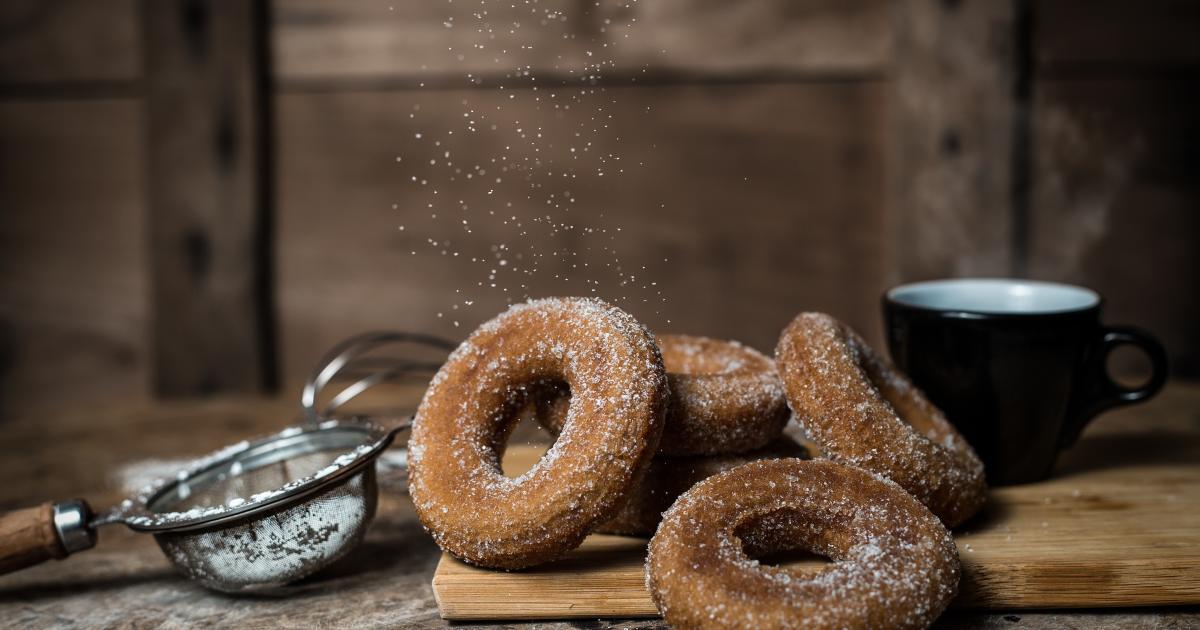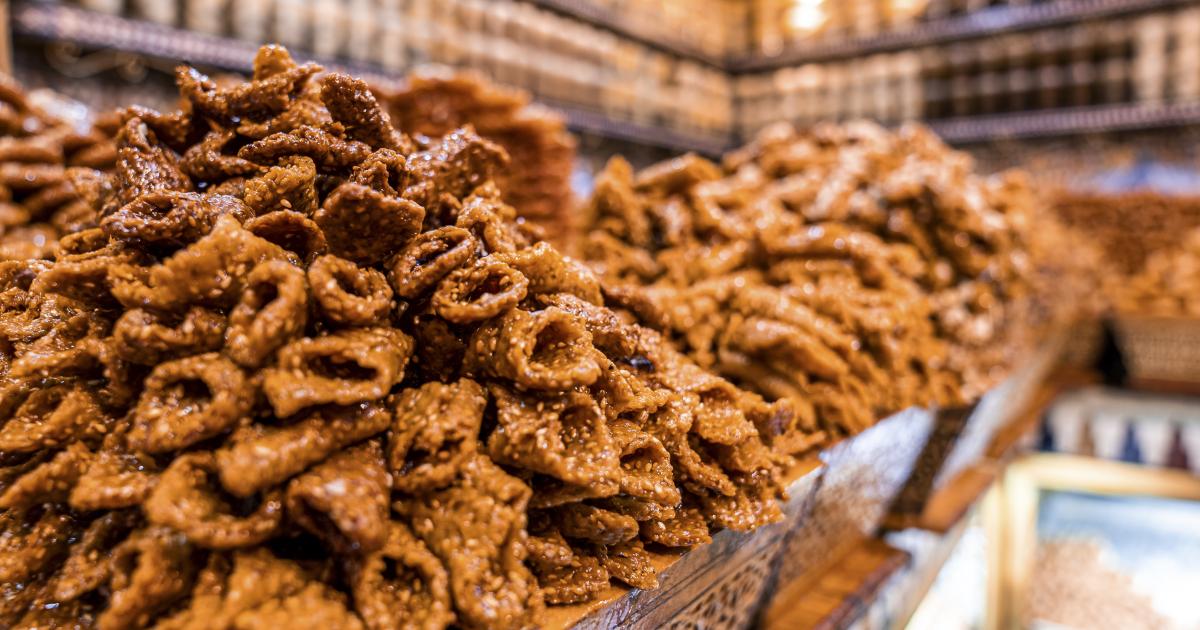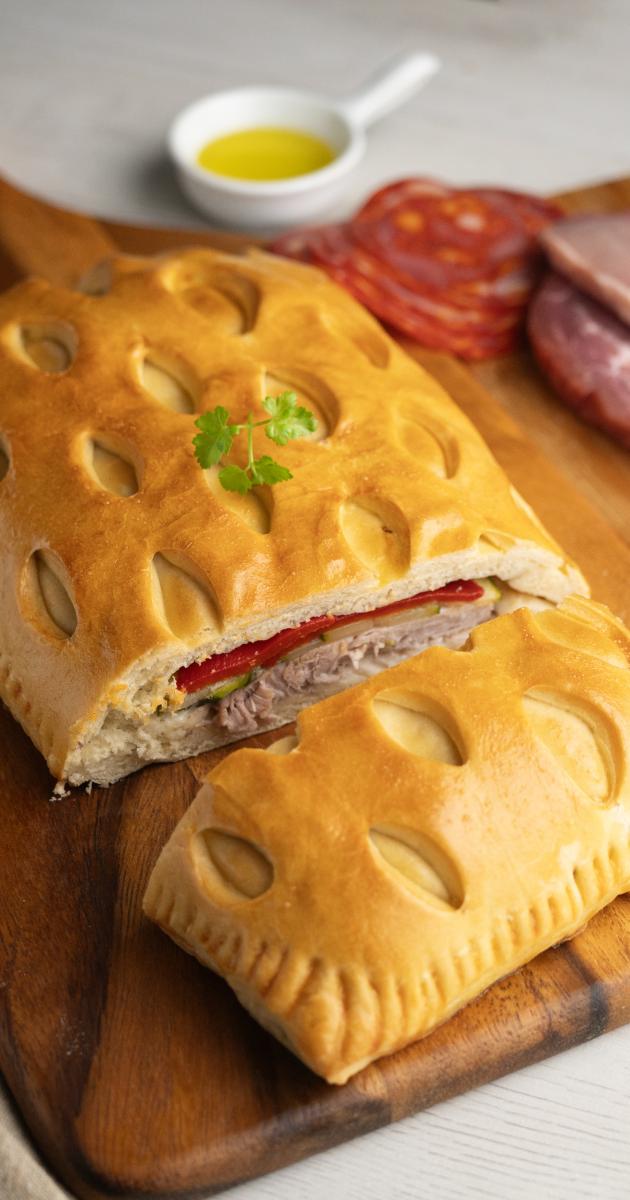
Sweet Easter the Spanish way - learn about the traditional delicacies of Semana Santa
Spain is famous for its colorful processions, drum music and the smell of incense wafting through the air during Holy Week. But Semana Santa is not only a spiritual feast - it's also a feast for the palate! In every corner of the country, you will encounter local Easter baked goods that have been on Spanish tables for generations. Learn about the top Easter sweets in Spain that are worth trying - especially if you live here permanently or are planning a holiday under the palms.
Mona de Pascua - gift from godparents and symbol of new life
In regions such as Catalonia, Valencia and Murcia, Easter cannot do without Mona de Pascua - a cake resembling a babka or yeast cake, often decorated with boiled eggs (a symbol of new life), chocolate, nuts or sugar. Godparents give them to their godchildren on Easter Monday - a sort of Spanish equivalent of the Easter bunny.
Modern versions of mona can be true works of confectionery art - with chocolate sculptures and colorful decorations that please the eye (and the camera on your phone) as much as the palate.
Rosquillas - Easter doughnuts with history
While their shape may resemble American donuts, rosquillas are a completely different tale. These fried or baked bagels are typical of the Madrid region, and take different forms at Easter, such as. Rosquillas de Santa Clara (topped with icing) or rosquillas listas (with caramelized topping). They have a distinctive aniseed flavor that many foreigners sometimes find surprising, but worth giving them a chance!
Rosquillas are listed as ITP (Indicación Tradicional Protegida) products, the Spanish equivalent of geographical indications. This is a sign that we are dealing with a traditional and regional product.
Torrijas - an Easter version of French toast
This delicacy is not to be missed! Torrijas are slices of bread (often stale), soaked in milk and egg, then fried in oil and sprinkled with sugar and cinnamon. Sound familiar? It's the Spanish cousin of our “bread in eggs,” but served in a sweeter, more indulgent version. In Andalusia and Castile, it's a must-have item during Holy Week.
Pestiños - a crunchy tradition of Andalusia
These small, fried cookies made from dough with wine or aniseed, coated in honey or sugar, are the hit of Holy Week in southern Spain. Pestiños have a distinctive, slightly crumbly texture and a sweet and spicy flavor. They're perfect with coffee or as a snack while watching a procession.
Hornazo - dry with a surprise?
Although it's an accessible baked good, it's impossible not to mention it. In some parts of Spain, such as Salamanca, hornazo - a pastry with meat, eggs and chorizo - is treated as a festive delicacy, especially during Lunes de Aguas, an unusual “Monday after Easter” when locals gather for picnics.
Easter in Spain - a tradition that tastes good
Easter in Spain is more than just processions and religious rapture - it's also a taste of tradition worth exploring, whether you're here for a while or longer. Why not try baking a mona yourself or brave the anise rosquillas?
One thing is certain - Spanish Easter tastes different from Polish Easter, but just as delicious. And maybe even... sweeter?













